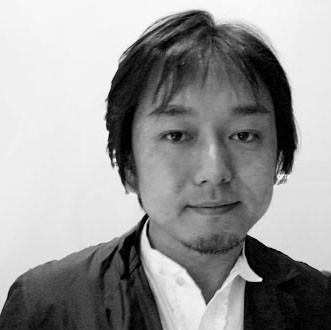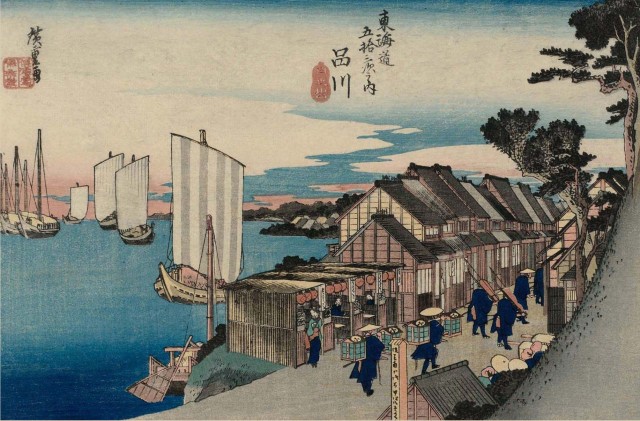Akihisa Hirata

Akihisa Hirata (°1971) is a Japanse architect.
Growing up in a planned community on the edge of Osaka, Japan, Akihisa Hirata dreamed of becoming either a biologist or an architect. By designing buildings inspired by smoke, bubbles, and other natural phenomena, you could say that he found a way to do both. What drives Hirata, however, is not purely an academic pursuit. Nor is it aesthetics. Instead, Hirata is searching for a conceptual grounding that engages the public.
Having received his master’s in architecture from Kyoto University in 1995, Hirata came of age architecturally when Japan was still reeling from the Great Hanshin earthquake in Kobe (just 19 miles from Osaka) and the sarin gas attack in Tokyo, when the morale countrywide was low.


